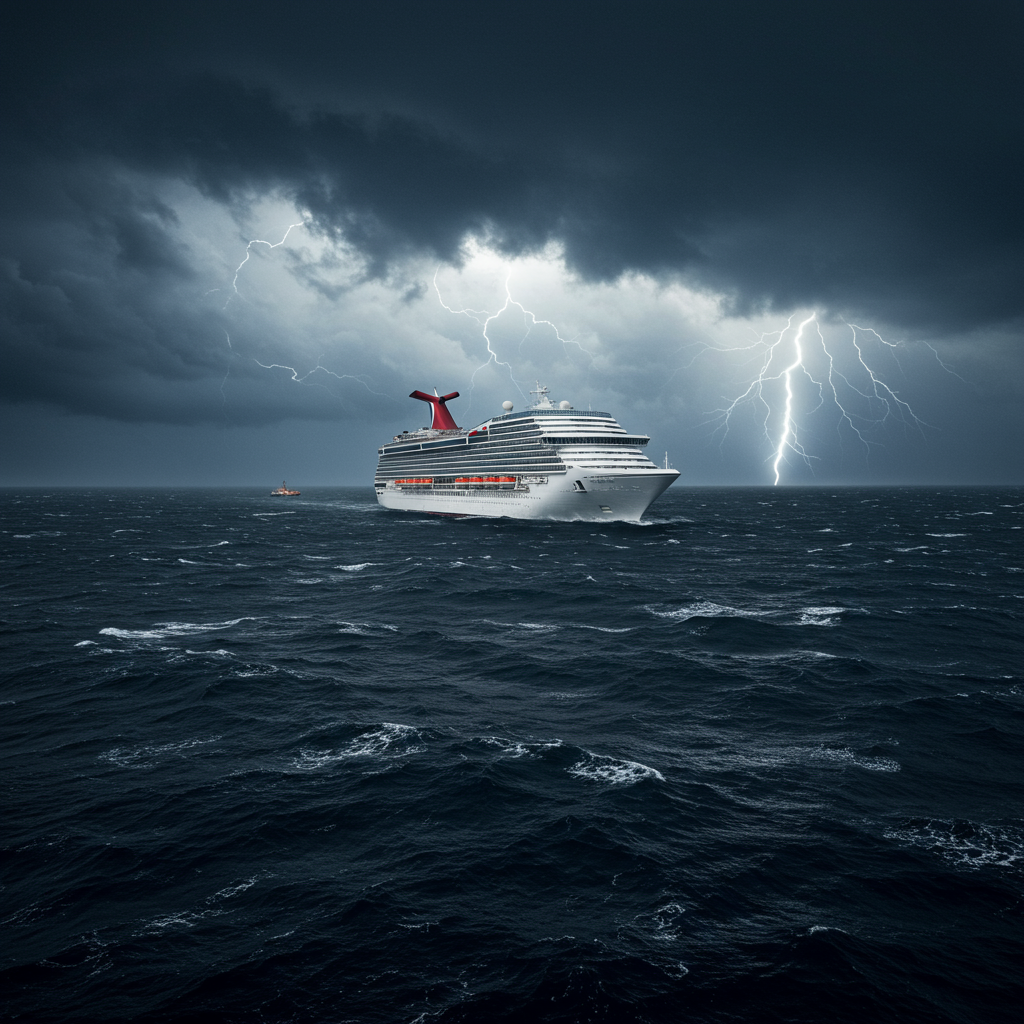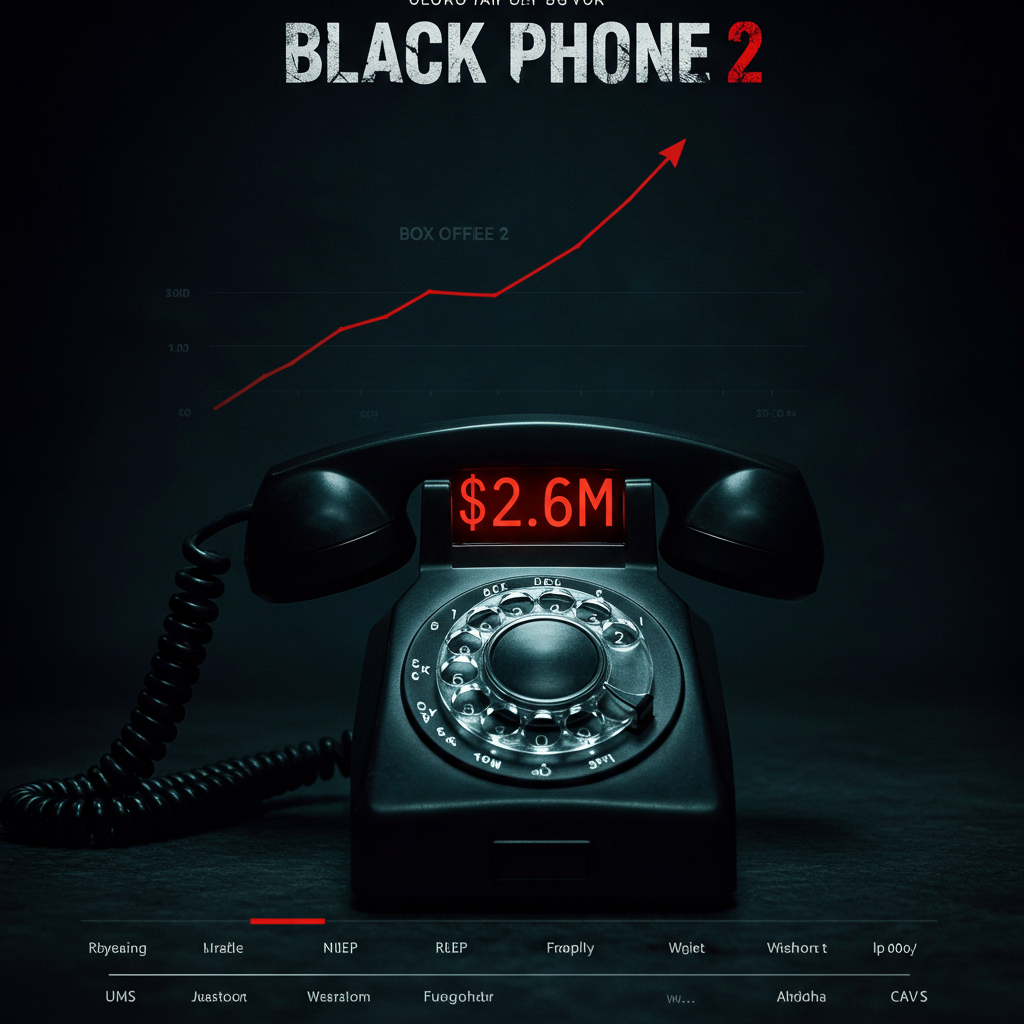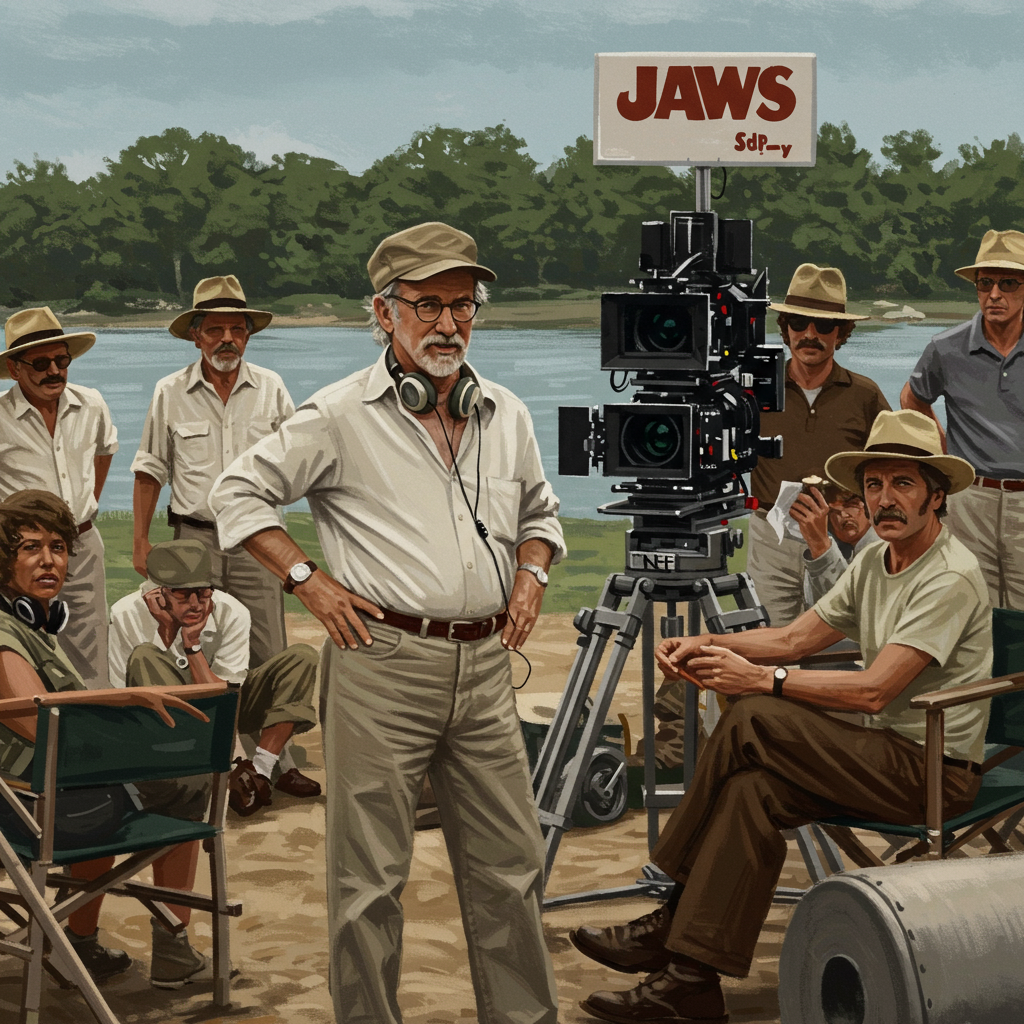Inside the ‘Poop Cruise’: Revisiting the Carnival Triumph Disaster and Netflix’s Documentary
The phrase “Poop Cruise” immediately grabs attention, conjuring a nightmarish scenario at sea. While seemingly outlandish, it’s the widely adopted moniker for the real-life crisis aboard the Carnival Triumph in 2013, a maritime disaster that has now been chronicled in a captivating Netflix documentary, “Trainwreck: Poop Cruise.”
This isn’t just a gross-out tale; it’s a complex story of technical failure, human resilience, and a public relations nightmare, explored in depth by director James Ross. The film delves beyond the sensational headline to reveal the multiple layers and unexpected turns of events that unfolded over five harrowing days.
How a Dream Vacation Turned into a Nightmare
The ordeal began innocently enough – a standard two-day cruise from Galveston, Texas, to Cozumel, Mexico, with over 4,100 passengers and crew aboard the Carnival Triumph. However, an engine room fire crippled the vessel while it was stranded in the Gulf of Mexico. The fire devastated the ship’s electrical systems, taking down essential services like power, Wi-Fi, and critically, the plumbing.
What followed was chaos. Toilets backed up, raw sewage filled cabins and spilled into hallways. The ship was adrift, conditions rapidly deteriorated, and the limits of socially conditioned behavior were tested as passengers and crew faced a severe humanitarian crisis. After three days, the Triumph was finally towed to Mobile, Alabama.
Voices from the Ordeal: Passengers and Crew
The Netflix documentary captures the diverse human experience aboard the stranded ship. It features interviews with a cross-section of passengers – from a bachelorette party seeking fun to a nervous future son-in-law and a divorced dad on vacation with his daughter. Their initial leisure-focused mindset sharply contrasted with the survival mode they were thrust into.
Crucially, the film also highlights the immense efforts and shared plight of the crew. Predominantly non-American, these workers already faced demanding conditions, often working 70-hour weeks. During the crisis, they went above and beyond to maintain order and assist passengers, creating an “Upstairs, Downstairs” dynamic under extreme duress. As Director Ross notes, the disaster impacted everyone on board, not just the guests.
Bringing the Chaos to the Screen
“Trainwreck: Poop Cruise” masterfully reconstructs the epic saga. Director James Ross employs creative techniques to immerse viewers, setting interviews in kitschy backdrops reminiscent of a cruise ship’s interiors. The documentary also incorporates stylized re-enactments to visualize anecdotes from survivors, intentionally making them feel distinct from reality while still illustrating key moments, like a passenger navigating a dark, sewage-filled bathroom with a makeshift light.
A significant strength of the film is its reliance on extensive passenger-generated footage. Sourced from individuals like vlogger Devin Marble, whose videos offered an early window into the crisis, and official investigation evidence, this raw footage provides an authentic glimpse into the deteriorating conditions, from passengers creating makeshift shelters on deck to grappling with the necessity of using hazmat bags as temporary toilets. This transition from initial hedonism to survival instincts forms a powerful visual narrative. The fire itself was later attributed to a preventable fuel leak, adding another layer of frustration to the story.
The Media Firestorm Ignites
The crisis remained relatively contained until a pivotal moment when the Triumph encountered a sister ship, the Carnival Legend. While hopes for a mass transfer were dashed, the Triumph crew was able to secure vital supplies. More significantly, passengers discovered they could tap into the Legend’s working Wi-Fi signal.
Suddenly connected to the outside world, Triumph passengers sent out distress calls via social media platforms like Twitter. This barrage of online posts, detailing the horrific conditions, directly contradicted Carnival corporate’s initial minimal PR messaging. As recounted in the film, what Carnival intended as a controlled narrative quickly spiraled into a “complete media bloodbath,” forcing the company to confront the full scale of the public outcry. News outlets, initially hesitant, went “all-in” on the story once the harrowing reality became undeniable.
The Aftermath and Enduring Legacy
Despite the unsanitary and traumatic experience – famously described by one cook as a “poop lasagna” scene in a lavatory – Carnival faced few serious repercussions. Cruise tickets often include clauses limiting passengers’ rights to sue. After a reported $115 million cleanup effort, the Carnival Triumph was eventually renamed the Sunrise and returned to service.
However, the “Poop Cruise” left an indelible mark. Beyond the 12-year-old headlines, the story serves as a compelling allegory. Director Ross saw it as an opportunity to tell a “holy fuck” story where, remarkably, no one died. It highlights the precariousness of modern systems and, conversely, the extraordinary resilience of the human spirit under duress. As some passengers attested, the intense shared experience and the crew’s dedication even led some to bizarrely call it one of their “best” cruises in retrospect, underscoring the complex human psychology at play during a crisis.
“Trainwreck: Poop Cruise” is available now on Netflix, offering a fascinating, albeit sometimes revolting, deep dive into a maritime disaster that captured the world’s attention.



